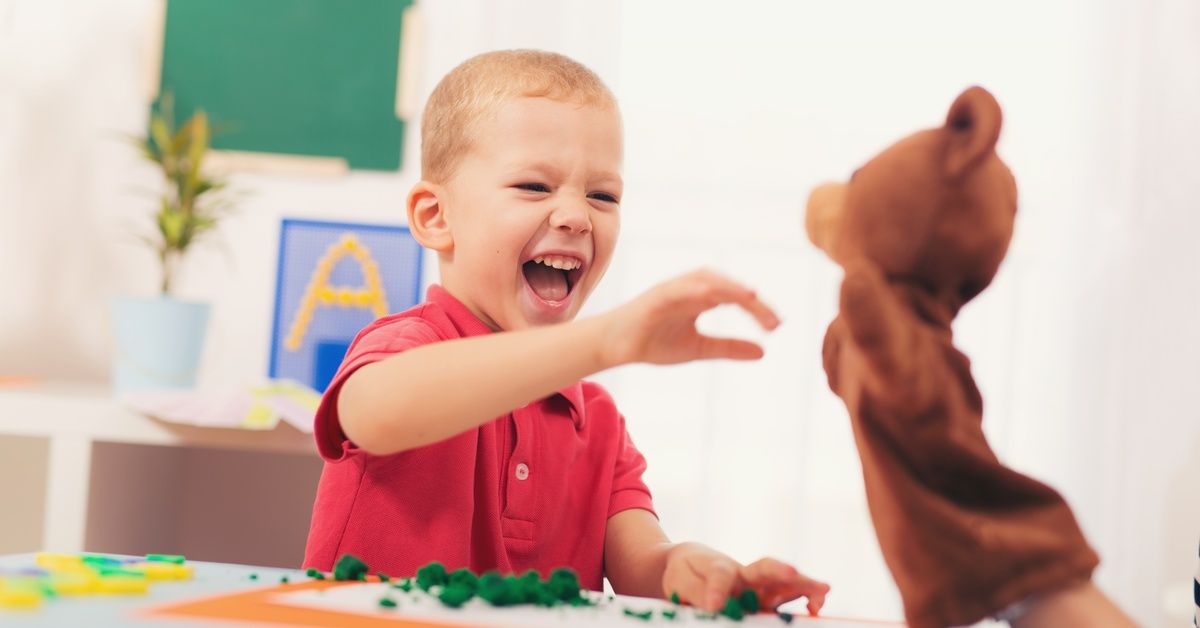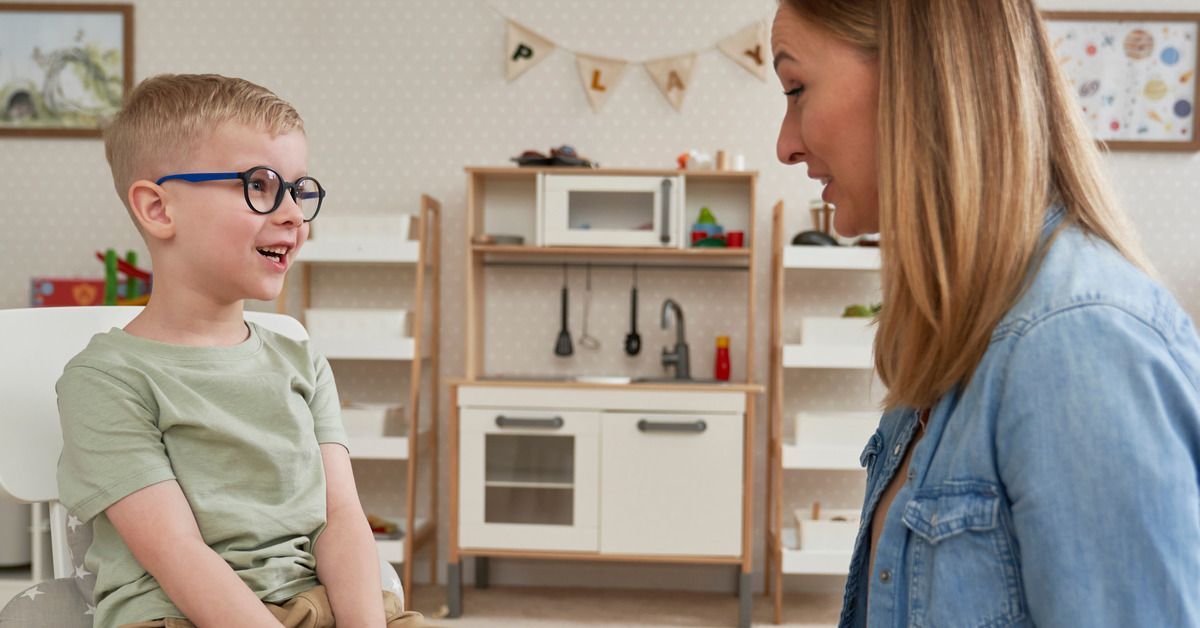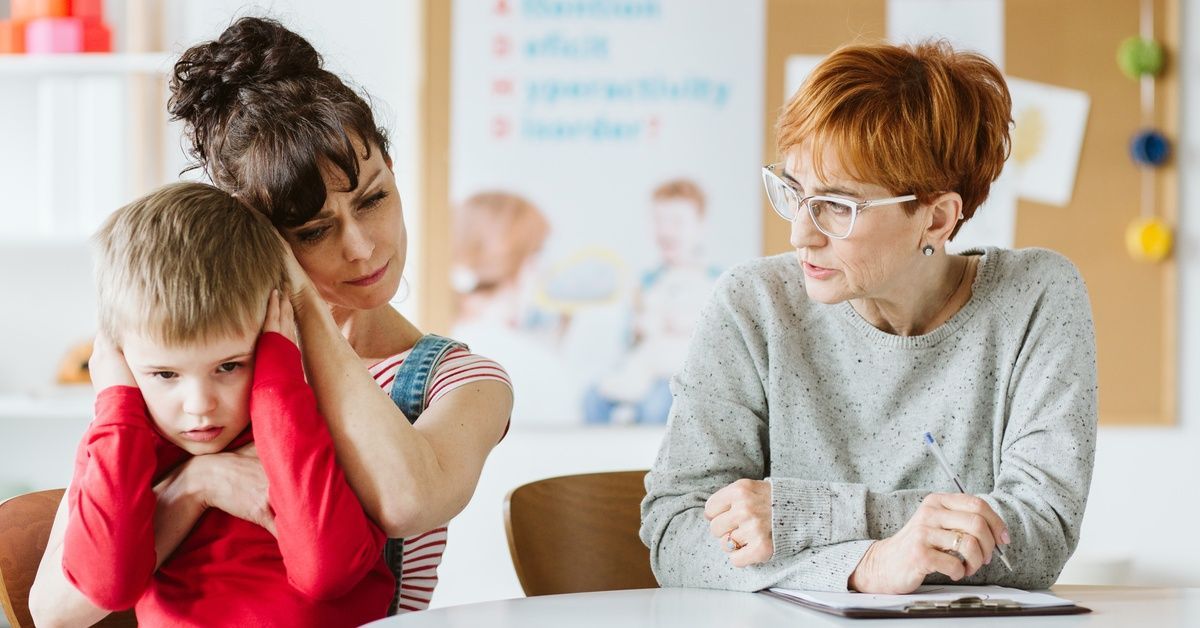How Does Applied Behavior Analysis Therapy Work?
If you have a child who has been diagnosed with autism, your pediatrician may have suggested a therapy called applied behavior analysis (ABA) to help your child develop their social and emotional skills to help adapt to scenarios they may not yet understand.
If you aren't familiar with ABA, we will explain how applied behavior analysis therapy works and the different ABA strategies. These therapies can help your child tackle essential life skills through positive reinforcement, motivation principles, and general learning.
What Is ABA Therapy?
ABA is an interpersonal therapy that helps improve social and behavioral skills using social scenarios. To successfully do this therapy, therapists use rewards to encourage language, communication, and emotion.
Applied behavior analysis therapy helps children with autism by:
- Reducing negative behaviors
- Teaching them to transfer learned behaviors to newer environments
- Enforcing behaviors like self-control and self-regulation
- Increasing social abilities like communicating, new learning skills, and completing tasks
How ABA Works
Applied behavior analysis therapy works by starting with "discrete trials" therapy. Discrete trials involve a therapist asking the child to do simple tasks, such as picking up a stuffed animal.
If the child complies, they're given rewards like a treat, a high five, or any other prize. However, if the child doesn't comply, they do not receive a reward and must repeat the trial.
This therapy is based on the individual child's needs and abilities. So, if a child can sort shapes and colors, they would not be asked to sort those items for a reward. Instead, the therapist gives the child different, more challenging tasks.
Children under three years old receive a modified version of ABA, similar to play therapy. ABA can be used with older children, teens, and adults. Many therapists use ABA in natural settings such as community locations, parks, cafeterias, and playgrounds to help people with autism use their skills in real-world situations.
Different Types of ABA Strategies
Therapists may use different approaches to ABA. Some examples of ABA strategies include:
Discrete Trial Training
This technique breaks down behavioral and social lessons into simple tasks, such as picking up a spoon. Each task is rewarded with positive reinforcement for doing the correct task.
Early Start Denver Model
For children ages one to four, this therapy helps kids with developing language, social, and cognitive skills through playful activities.
Pivotal Response Training
The main goal of this technique is for children with autism to start conversations with others, regulate their own behavior, and increase their motivation to learn.
Early Intensive Behavioral Intervention
This therapy helps children under five years old build positive behaviors, and reduce and recognize negative behaviors. These sessions are one-on-one with a specialized therapist.
Many health professionals recommend ABA for its success in helping children with autism hone their emotional and behavioral skills while teaching them life skills. Applied behavioral analysis therapy also provides parents a guide for teaching their child tasks in the best way to promote success and progress.
If you're a parent of a child with autism and are looking for the most trustworthy facility to encourage positive learning skills, HANDS Center for Autism will happily help your child gain appropriate social skills to set them up for a successful future. We provide the very best ABA therapy services to help your child develop their social skills and improve focus and independence.







